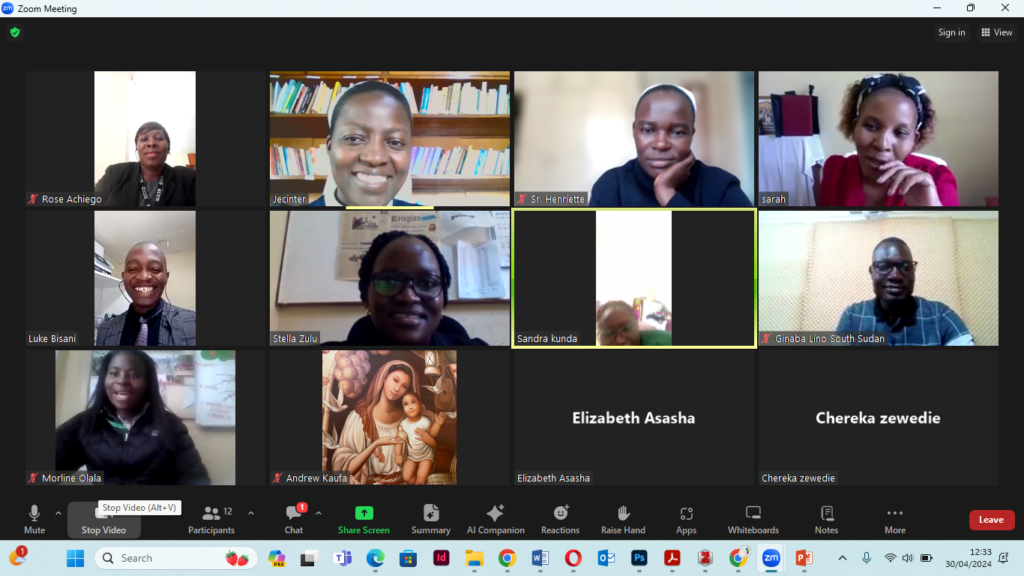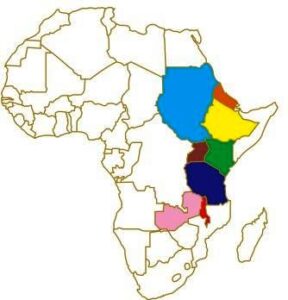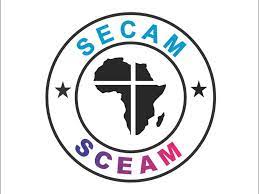AMECEA: News Correspondents Urged to Familiarise with Synthesis Report for Authentic Reporting on Synodality

Sr. Jecinter Antoinette Okoth, FSSA
Months after the Vatican released the Synthesis Report, a document that was generated as a result of reflections, analysis of the discussions, themes and key insights after the first phase of the XVI Ordinary General Assembly of the Synod of Bishops, some Catholic communicators have been urged to engage with the document to enhance proper reporting about the ongoing synod on synodality.
“As Catholic journalists, we need to familiarize ourselves with the Synthesis Report (SR) to help us be creative and think out of the box when reporting the Synod on Synodality,” Ms. Sheila Pires, the Secretary for the ongoing Synod on Synodality Commission for Information, shared with news correspondents from the Association of Member Episcopal Conferences in Eastern Africa (AMECEA) region in an online session.
She cautioned the correspondents not to rely on summaries or hearsay as they craft their interviews, “but read the actual document point by point for this will give you creative ideas on how to report on the synod on synodality as we journey towards October 2024.”
The Synthesis Report document is structured in three parts: The Face of the Synodal Church, presenting the practice and understanding of synodality and its theological underpinning; All Disciples, all Missionaries, a section which deals with all those involved in the life and mission of the Church and their relationships with one another; and the last part, weaving bonds, building community which presents synodality as a set of processes and as a network of bodies enabling exchange between the Churches and dialogue with the world.
“In each of the three parts, individual chapters bring together convergences, matters for consideration, and proposals that emerged from the dialogue,” reads part of the 2023 Synthesis Report document.
Ms. Pires who serves as Communications Officer for the Southern African Catholic Bishops’ Conference (SACBC) emphasized that in reporting synod on synodality, Catholic journalists need to go back to the grassroots and explain to the people the why, when, and how synodality started.
Since being a Catholic communicator is a mission, a vocation, and not just a profession, the Mozambican journalist said, “We need to reach out to those in the peripheries, visit parishes, and let the Christians know what is happening in the Church concerning synod.”
She further encouraged the AMECEA news correspondents to be keen during the second phase of the synod on synodality slated for October 2024 and disseminate the information daily.


